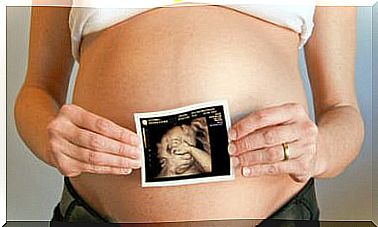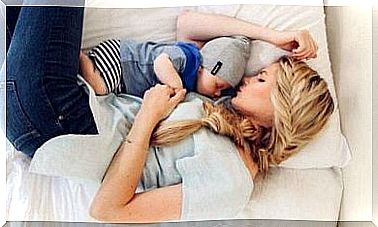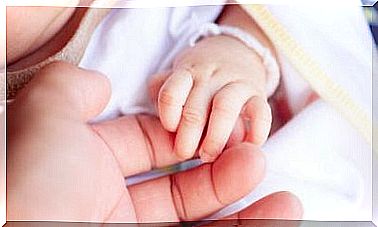6 Tips For Monitoring Your Baby’s Weight
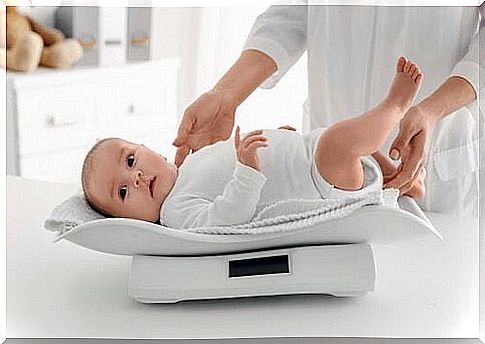
We need to be careful about the weight that a baby takes on through this stage of life. Although excessive weight gain is not something to worry about, to begin with. If it continues, however, it can lead to several health problems.
At the other end of the extremes for this condition are according to children who are under the advisable weight for their age. It is also unhealthy.
So, how can you keep your baby within the healthy weight range? Be sure to follow the following tips on how to monitor your baby’s weight.
Advice for monitoring your baby’s weight
1. Breastfeeding
Some mothers do not have the ability to complete breastfeeding. Others can only breastfeed for a short period of time. Wherever possible, breastfeeding is the best way to start consuming food.
Breast milk is the only food that covers all the baby’s nutritional needs. Furthermore, it is almost impossible to give a baby more food than it needs when breastfeeding.
Even if the baby stays attached for a long time, they will only be fed for the first 10-15 minutes.
2. Crying does not have to equal hunger
Babies cry for many reasons. Sometimes, it’s because of hunger, and other times, it’s because they’re tired, scared, overstimulated, uncomfortable, or because they just want you to pick them up.
If you have just given your baby food and he is starting to cry, try other solutions before offering food again.
If you respond with food every time your baby cries, he will start by associating food with the only thing that can satisfy his needs.
This will create unhealthy, emotional associations with food that are hard to reverse in the future.

3. Overfeeding is not healthy
It is natural for you that you want your baby to eat everything on his plate, or empty his entire bottle. However, if he stops eating, you should pay attention to his signals.
You should stop feeding him when he is satisfied. Respect the healthy limits that the body sets.
If your baby does not speak, he will give you other signs that he is happy. A sign, a sound or a certain movement will let you know that he no longer needs more food.
This should only be reconsidered if the baby is underweight and when they require a special diet.
In such cases, you should follow the advice of a professional who will recommend you the appropriate techniques and strategies that you can implement.
“A sign, a sound or a certain movement will let you know that he no longer needs more food.”
4. Healthy, solid foods
After 6 months, you can start offering healthy food options.
The foods that are most recommended for monitoring your baby’s weight are fruits, vegetables, fish, and lean meats.
Your baby will not be afraid to try anything you offer them. Take advantage of this stage before your baby becomes more selective.
Offer them the opportunity to try as many foods as possible. A varied diet rich in nutrients will ensure physical and cognitive development. It is also a great place to start good eating habits.
5. Family meals from a young age
From the moment your baby can sit, it’s time to take him to the table so he can eat with the family. Children who eat with their parents and siblings are less likely to become overweight in the future.
Furthermore, family dinners help strengthen emotional relationships.
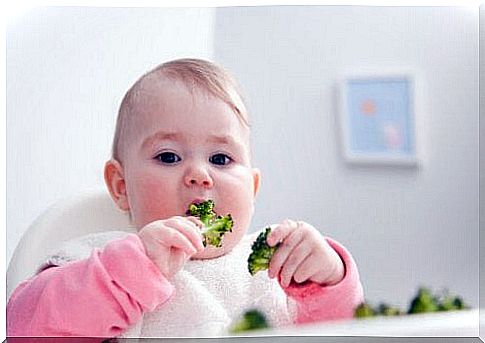
Frequent physical activity
One of the best tips to monitor your baby’s weight is to perform physical activity from an early age.
There are exercises that babies can perform from the moment they are born that can help strengthen their muscles. A balanced diet should be complemented by a routine that includes physical exercise.
As they grow up, they will practice the habits they learned through childhood. How would you like your child to eat in the future?


